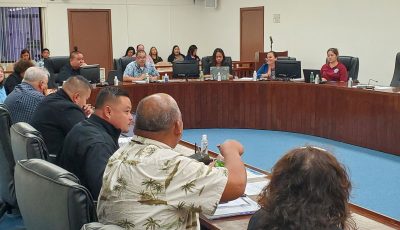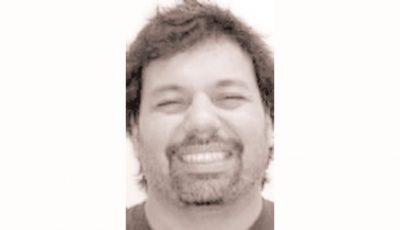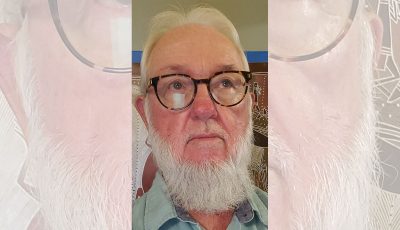Inventory
I was to finish inventory of my classroom June 6 like everyone else but since I was a gap-filler to Grade 1 students who had me as their fourth teacher for the year, I dove into the pedagogical challenge without familiarizing myself first with the computerized system in place at PSS. My last PSS stint was as a 6th grade teacher at SVES in 2008; digitized technology had advanced ever since.
One of the teachers who helped enter my grading sheet said that I reversed the process of orientation and had the introduction to the school process on the last week. The PSS website utilized a program where teachers entered their daily data so that come grading period, all the office had to do was sum the file and generate grade reports.
I did mine manually and devised a one-page grade sheet for the class rather than a blow-by-blow grading on each of the assessed Standard Core components, summarized the result under the rubric of Language Arts, Mathematics, Science and Social Studies. The prescribed curriculum was rather specific to the standard addressed, so a teacher spent a lot of time assessing more than teaching, or, rather, the process of assessing was the occasion for teaching.
I took 23 brains, showed them a three-part picture and the functions they performed and challenged them to use their brains and their smarts. The students’ mode of learning was shifted from being the recipient of wisdom from an “expert” to being an active participant in their own learning, discover their own self-consciousness. They were taught to learn how to learn.
If my orientation was at the end rather than the start of the term, I also missed the cruciality of the students’ ego periodically needing massage; they were trained to be motivated by awards and rewards, or, at least, the occasional praise of achievement. The need to be recognized was very strong that those used to being praised but weren’t turned to be defiant and intentional nuisance. One particularly smart girl would say, “I am bored” if she felt ignored, as if it was someone’s responsibility to “unbore” her. By the time I recognized the “ego” need, it was too late.
Discipline was imposed by scare and fear.
There was deceptive copying of other people’s work and since the students could not be isolated from others, I got the slow learners seated with the fast one, a mistake because it was not until halfway through the term that I discovered four of the students could not even write their names but were able to copy another’s work so their output was impressive though inaccurate of their ability; two were unable to understand the teacher though they all professed to have been born on Saipan and were carrying a U.S. blue passport speaking English. Six were ahead of everyone, and the rest, hanging in between on a wide spectrum, struggling to make sense of their new dispensation.
Words and numbers were the two identified subjects their brains needed to use in order to describe their sense experiences (sight, sound, smell, taste, and touch), the sine qua non of learning. My objective added the learning-to-learn motif, got them to see the structure of their brains and know what they already knew: they all sensed, felt, thought, and did. But there were those who would rather be “nobodies” while I affirmed the reality that at the moment of conception, they were “somebodies.”
I used my email name that has 2031 tacked at the end. I shall be 86 by that year, and I claimed the 86-year journey, all of it, as decidedly my sole responsibility. I might decide that a behavior responded to something external to me, but the choice was still mine.
Decide. Choose. Big terms in their morning recitation when they repeated after me: “This is the day we have. We can live this day, or, throw it away. This is the day we have. We decide. We chose.”
Decision and choice was exhilarating but done regularly, it became a burden. They were not used to deciding. They would rather have someone else make choices for them. They expected the teacher not only to tell them what to think, to identify right answers, and walk them through mathematical problem solving; all they had to do was follow orders.
The physical architecture of the class was designed for all 23 together. I gathered them into a circle, changed their seating arrangement and location every week so that they understood in practice that “change” was the nature of life, imposed order and stability was a temporary illusion, a mirage. They were also called upon to speak everyday so no one can hide behind “mute and silence” (four of the girls, at first, refused to speak at all and they just stared at me, but I aimed for everyone to be heard by everybody and they eventually opened their mouths).
I called it the 40-day dream, of learning how to learn, dialogical, relational, practical and relevant to their daily life. They decided. They chose. In the old metaphor, Hallelujah!
I bid the “crime” scene with sad pride. I, too, chose.



























